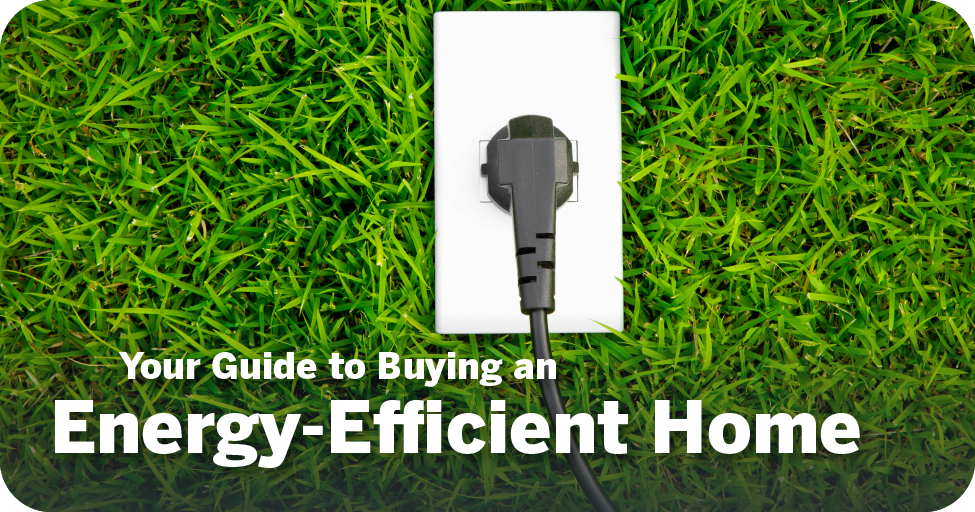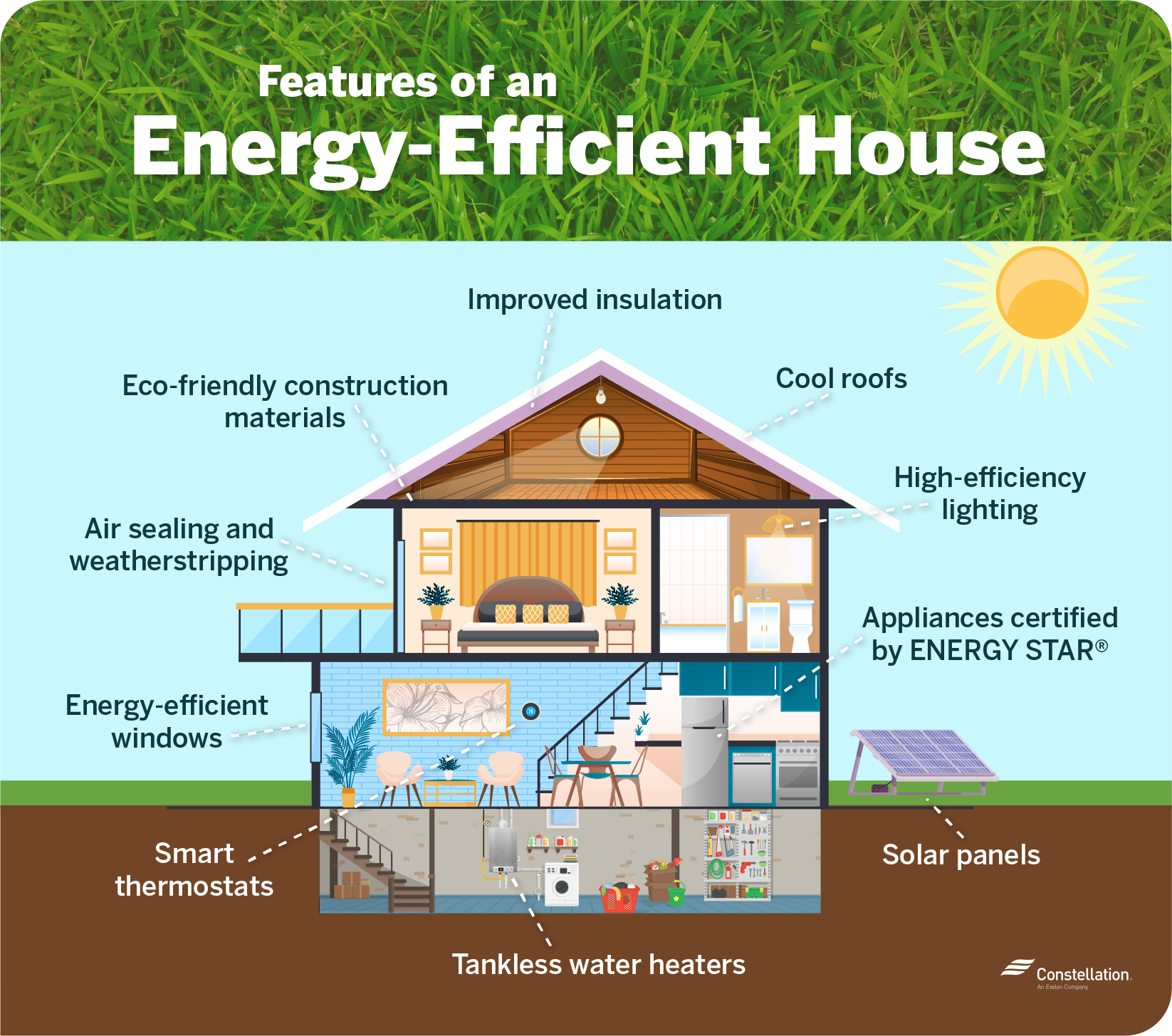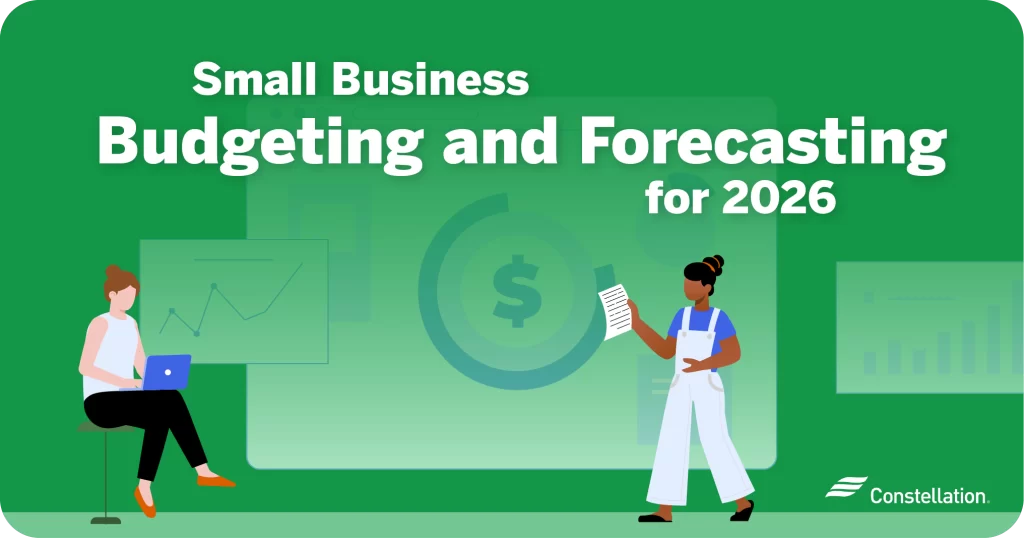
- Category:
Energy Efficiency -
Last updated:
September 8, 2021
A Guide to Buying an Energy-Efficient Home
If you’re thinking of buying real estate, consider buying an energy-efficient home. You could reduce your monthly utility costs by as much as 30 percent. Over the years that you own the house, those savings could be significant. While you may pay more upfront — both because energy-efficient homes could be more expensive to build and because high demand means sellers may charge higher prices — the difference can often be worth it.
Let’s take a deeper look at what makes a house energy efficient and how to find one.
What makes a house energy efficient?
When you buy a home that’s certified by the National Green Building Standard (NGBS), Leadership in Energy and Environmental Design (LEED) or the EPA’s ENERGY STAR ® homes program, you’re buying a house that has been inspected by these organizations and meets their standards for construction, materials, and energy efficiency. The Home Energy Score rating system was developed by the U.S. Department of Energy to provide homebuyers and sellers with a clear national standard of what energy efficiency means.
Each of the rating systems assess energy-efficient house features slightly differently. But they do share commonalities — such as best practices for a home’s systems, insulation and resource usage — that make it easier for you to know what you’re getting when buying an energy-efficient house.
10 common features of energy-efficient homes
From a state-of-the-art water heater in the basement to solar panels on the roof, there are many ways to make a home more energy-efficient:

- Eco-friendly construction materials. Materials made from renewable, recycled or waste products have lower environmental impact. Low maintenance and long-lasting materials keep bulk out of landfills. When it comes to performance, look for good thermal qualities, no harmful emissions and best fit to purpose.
- Appliances certified by ENERGY STAR ®. Everything from the refrigerator, oven, washing machine and hot-water heater should have a high rating for energy efficiency.
- High-efficiency lighting. LED light bulbs that are long-lasting and convert more energy to light, rather than heat, are a big improvement over incandescent bulbs.
- Air sealing and weatherstripping. The structure should have comprehensive sealant and insulation throughout, especially around doors, windows, pipes, and anyplace utilities enter.
- Energy-efficient windows. Energy-efficient windows are multipaned with vacuums between sheets of glass. Often the glass is treated to filter out the part of the light spectrum that damages furniture.
- Improved insulation. Insulation products made from natural materials like hemp and cellulose come with a high R-value yet are made of renewable materials.
- Smart thermostats. You can program some smart thermostats to automatically adjust according to conditions, which is a great way to save energy.
- Tankless water heaters. Heat water as you need it instead of burning energy maintaining a hot temperature for gallons of stored water.
- Solar panels. Supplementing the electricity you get from the grid with renewables may cut your energy bills while benefiting the environment.
- Cool roofs. Materials that reflect the heat of the sun can lead to dramatically cooler interiors, especially when also using insulation with a high R-value.
How to find an energy-efficient home
If you’ve decided on buying an energy-efficient home, finding one may take a little bit of extra effort. However, people who have invested in smart home improvements and green home technologies know they can command higher prices for their houses, so they’ll mention these upgrades in their listings. Here are some additional tips for how to find an energy-efficient home.
1. Look for energy-efficiency certifications.
Use keywords when searching online listings. Any of the certification organizations mentioned above are a good clue. You can search for specific energy-efficient house features. Words like “green” and “sustainable” may also get you results.
2. Use eco-friendly home search sites.
You can make buying an energy-efficient home much easier by using home search sites that focus specifically on energy-efficient properties, such as Realty Sage and Green Homes for Sale. Some mainstream sites, like Zillow, allow you to search for the energy-efficient homes among their standard listings.
3. Hire an agent who specializes in energy-efficient homes.
Another way to go about how to find an energy-efficient home is to find a real estate agent who specializes in selling these kinds of houses. That person should be knowledgeable about certifications and energy-efficient house features.
4. Apply for an energy-efficient mortgage.
If you’re wondering how you can afford to buy an energy-efficient home, consider an Energy Efficient Mortgage (EEM)*. These mortgages increase your purchasing power when buying a home that’s already energy efficient. You can also buy a standard house and finance energy-efficient upgrades using money from the mortgage. You can get EEMs backed by Fannie Mae, the Federal Housing Administration (FHA) and the Department of Veterans Affairs (VA), among others.
Ways to make your new home more energy efficient
Whether you want to lower your bills, shrink your carbon footprint or make improvements to increase your home’s property value, here are some places to start:
- Schedule a home energy audit. Before investing money, hire a professional to come in and conduct a home energy audit. You’ll get a detailed report of your home power usage and where you’re wasting energy. You can use it to prioritize where you’ll make investments, starting with those that will give you the biggest improvement in efficiency.
- Upgrade your appliances. Manufacturers continue to make strides in designing energy-efficient appliances. ENERGY STAR ® ratings will help you find the ones that will use the least power.
- Upgrade attic insulation and add a fan. Adding insulation to your attic can cut your heating bill by 10 to 50 percent. Adding a fan to vent hot, moist air creates a healthier home environment and saves your air conditioner from working harder. Together they make your attic energy-efficient.
- Add smart home technology. Homebuyers value a home with smart technology at thousands more than average homes. A smart home system can automate and optimize energy use, saving you money.
The benefits of an energy-efficient home
Buying an energy-efficient home is an investment in quality, comfort and potential cost savings that could pay off for you personally and contribute to a cleaner, greener environment. Energy-efficient house features are increasingly sought after, so the money you spend on them may give you a great return on investment. You won’t just possibly save on your energy bills — you’ll also likely be able to command a higher purchase price when it comes time to sell.
*Constellation is not a mortgage lender, and we do not provide financial advice. We recommend speaking to a home lender or your banking institution before considering a mortgage loan.




